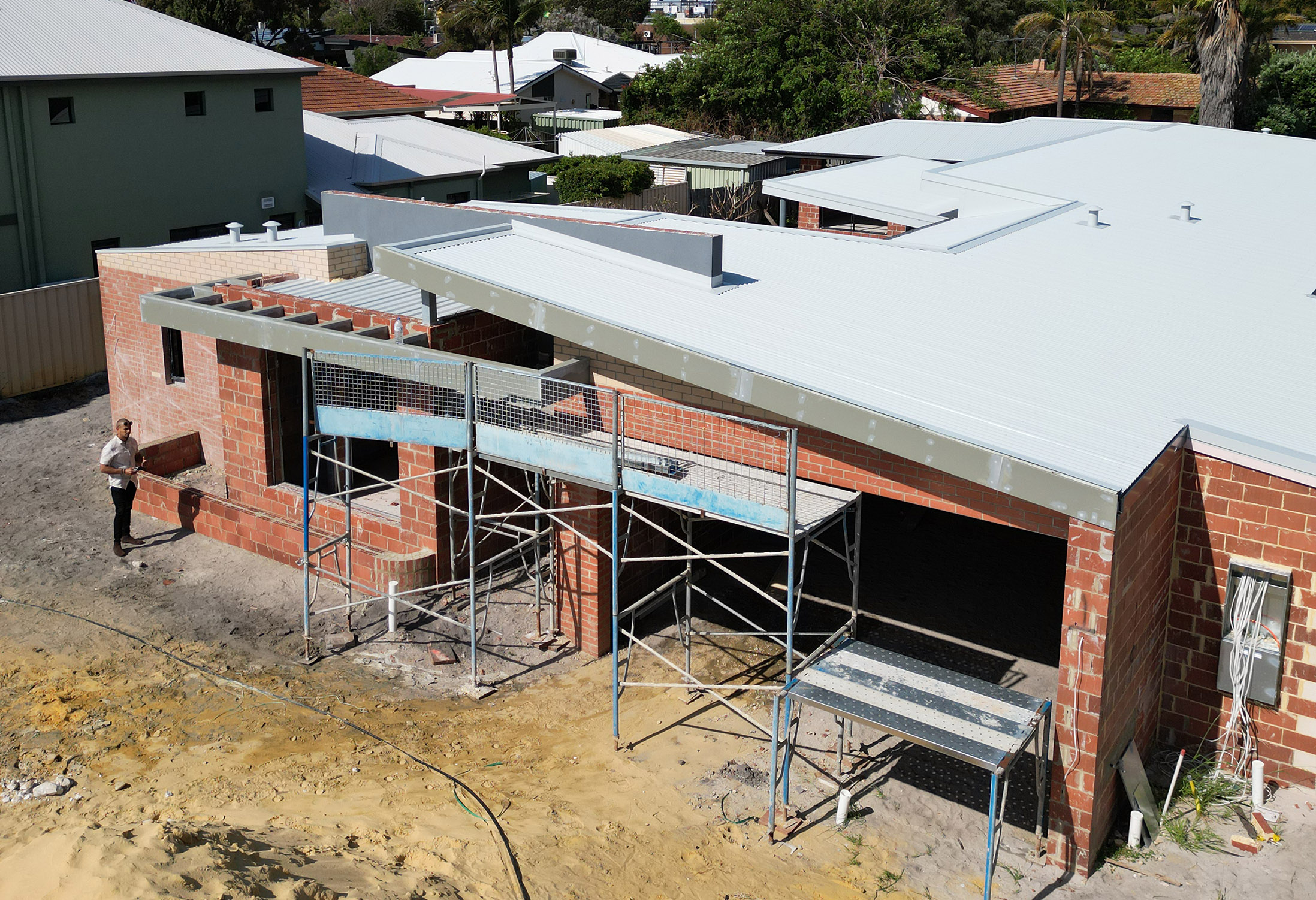
It’s the question on every homeowner, investor, home builder or buyer’s mind!
Yes, it would appear the end of the building boom is near in Perth, with owner occupiers
and investors alike showing concern as the government and the RBA’s competing goals create a perfect storm for deterioration. While the RBA’s objective is to slow housing activity to cool the economy, the Australian Government is seeking to increase housing supply to address a housing shortage.
So, what are the major influences on reduced building activity in Perth right now?
- The RBA increasing the cash rate by 2.75 percent in just six months, which is the fastest increase in a generation
- This is compounded by the sharpest rise in the cost of land, labour, and materials for new home construction in almost 50 years, further reducing the capacity of borrowers to finance their build
- Additional costs imposed on building through changes to the National Construction Code
The weight of increases in the cash rate is certainly slowing both building activity and sales of new homes, which have already fallen 15.8 percent nationally in the three months to the end of September. According to the Housing Industry Association (HIA) New Home Sales in Western Australia decreased by 20.0 percent in October, bringing the last three months down by 9.1 percent on the previous quarter and 29.0 percent on the same quarter last year.
Starts now exceed sales of new homes, and the full weight of this fact will probably manifest around mid-2023, when the previously robust pipeline of homes under construction or approved for construction concludes. After this point, we are likely to experience reduced building activity, reduced employment on site and reduced consumption of materials until 2024, when the HIA estimates building activity will be at its lowest level in over a decade.
Meanwhile, the Australian Government has announced an ambitious goal to build more than one million homes over five years in response to the acute housing shortage. That number will ensure that supply does not deteriorate further, but it will not be sufficient to address the undersupply. If they wish to achieve that goal, there are several things that need to happen:
- State and local councils need to improve the supply of land and infrastructure
- State and local councils need to lower the cost of delivery
- The Australian government needs to minimise additional costs imposed through building code changes and reduce costs imposed on suppliers of building products
- We need to see an emphasis on migration to remedy the short supply of labour
- An easing of supply chain challenges
Now, that all sounds pretty doom and gloom, doesn’t it? However, let’s look at why 2023 may provide a great opportunity for those who remain in a position to step into a new build.
- Construction costs are already stabilising (= less price increases). If we begin planning and approvals now, by the time you are ready to commence onsite prices will be even better!
- Supply chains will improve due to decreased demand (= product availability)
- Refinance options at lower rates will become available
- We’ll see an increase in land availability
- Resale values will hold up
I’m hopeful that 2023 will offer a greatly improved homebuilding experience for those who go ahead, without the rapid price increases and supply chain issues that have plagued us over the past couple of years.
Are you ready to educate yourself on the building process? Register for an upcoming MasterClass or sign up for 1on1 Consultation with me today.

